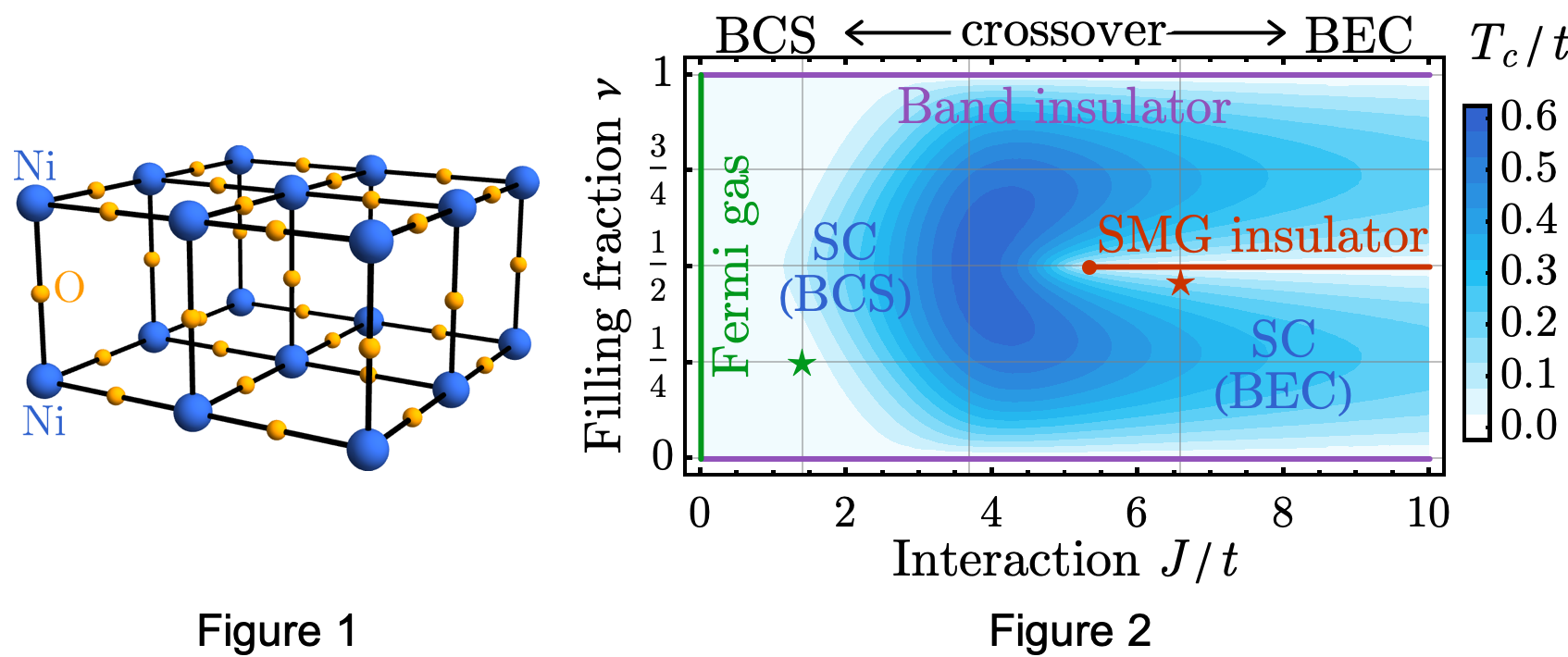Superconductivity is the superhero of the materials world — a phenomenon where certain materials can conduct electricity without any resistance when cooled down to a specific temperature. Imagine a world with power lines that never lose energy or transportation systems levitating on superconducting tracks, all thanks to this unique property. The challenge, however, has always been that most materials only become superconductors at extremely low temperatures. This limitation makes them impractical for most real-world applications. But what if we could find materials that become superconductors at higher, more manageable temperatures? That’s where high-temperature superconductors come into play.
High-temperature superconductors have the potential to revolutionize a myriad of technologies, from more efficient electrical grids to faster computers and cutting-edge medical devices. While this phenomenon had been previously observed in other transition metal compounds like cuprates and iron-pnictides, the addition of nickelate compounds to this exclusive club is particularly exciting. The discovery of superconductivity in the chemical compound \(\text{La}_3\text{Ni}_2\text{O}_7\) (see Figure 1) has generated a wave of excitement in the world of condensed matter physics, adding a new dimension to the already significant field of high-temperature superconductors. This nickelate superconductor manifests fascinating properties in an orthorhombic phase under high pressure, reaching a transition temperature (Tc) as high as 80 K.

This nickelate superconductor is special not just for being a new family in the high-temperature superconductor realm but also for its unique properties. To appreciate the peculiarity of nickelates, it’s crucial to understand a bit about their well-studied cousins, the cuprates. Cuprates are single-layer materials that exhibit fascinating phenomena like the Lieb-Schultz-Mattis (LSM) anomaly in their Mott insulating phase. In layman’s terms, the LSM anomaly implies that the Mott insulating phase of cuprates can’t be “ordinary”: it has to break certain symmetries or manifest complex topological states. Nickelates are different. They are bilayer materials, and this two-layer structure cancels out the LSM anomaly, allowing for a more straightforward, or “trivial,” Mott state, which we called a Symmetric Mass Generation (SMG) insulator (arXiv:2307.12223). This makes nickelates a playground for phenomena less convoluted than those in cuprates, offering new opportunities for both theoretical and experimental research.
Two remarkable features of nickelate superconductors are particularly baffling. First, their critical temperature — the temperature below which they become superconductors — actually decreases with pressure. This is a head-scratcher because it contradicts what we commonly observe: that higher pressure should lead to higher critical temperatures, since more pressure usually means greater lattice vibrations or stronger magnetic fluctuations — both factors that typically boost superconductivity. Second, nickelates exhibit something known as “strange metal behavior” at temperatures above their superconducting phase, indicative of strong quantum fluctuations and proximity to some mysterious quantum states that scientists are keen to understand.
In our recent paper (arXiv:2308.11195), we delved into the enigmatic properties of \(\text{La}_3\text{Ni}_2\text{O}_7\) by developing a comprehensive bilayer square lattice model, which incorporates interlayer Heisenberg interaction to unravel the complex behaviors observed in this nickelate compound. Employing rigorous calculations and utilizing both weak and strong coupling perspectives through BCS and BEC mean-field theories, we elucidated a range of mechanisms by which high-temperature superconductivity could arise in this compound. Our work not only maps out a detailed phase diagram (see Figure 2) based on the electron interaction strength and filling fraction, but also provides invaluable insights into why Tc decreases with pressure and what drives the strange metal behavior in nickelates. This research serves as a roadmap for future experiments and elevates our understanding of high-temperature superconductivity, a phenomenon that has the potential to transform our technological landscape.
Our findings indicate that both nickel \(3d_{z^2}\) and \(3d_{x^2-y^2}\) orbitals can exhibit superconductivity in \(\text{La}_3\text{Ni}_2\text{O}_7\). Moreover, we’ve shown that the critical temperatures for these orbitals respond differently to doping. This is particularly enlightening because it serves as a practical experimental guidepost to figure out which electron orbitals primarily contribute to the emergence of superconductivity in this system.
To put it succinctly, we’ve provided a comprehensive understanding of the nickelate superconductors by exploring their behavior as doped SMG insulators. Our theory paints a detailed picture of how the inter-layer antiferromagnetic superexchange coupling plays a key role in promoting Cooper pairing and driving the material’s superconductivity. By advancing our understanding of this unique material, we’re opening new doors for experimental studies and setting the stage for a deeper understanding of high-temperature superconductivity. And in doing so, we’re taking one step closer to a world where the incredible potential of high-temperature superconductors can be fully realized.
(Written by OpenAI GPT4)
